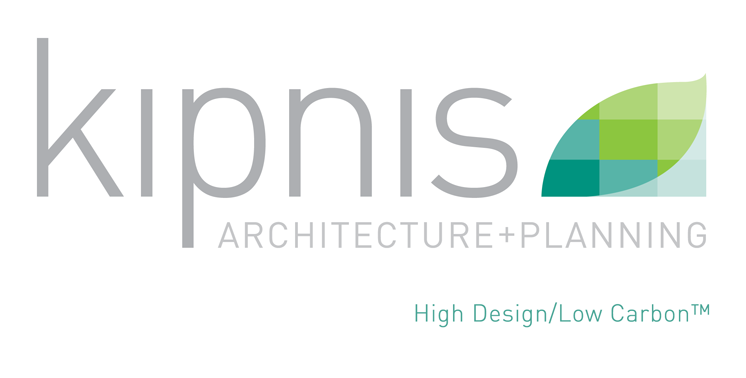A building that can bounce back…
The word “resilience”in a general sense means “the ability to recover from or adjust easily to change.” In the personal sense, when we encourage people to be “emotionally resilient,” we want them to bounce back from setbacks.
In the home building world, “Resilient Design”is an emerging concept that encompasses resilient buildings, protection of water supplies, community resilience and more. At Next Haus Alliance, we define it as “the intentional design of buildings, landscapes, communities, and regions in response to vulnerabilities.”
…in the face of disturbances or interruptions
Resilient Design is important because the list of vulnerabilities is long and growing:
The realities of climate change – such as more frequent and severe storms, floods, wildfires, etc. - make resilient design in homes a necessity rather than a nice-to-have. You want to know that your home can stand up to the worst that Mother Nature has to offer.
If there are disruptions of services, you want to make sure that basics like power and water remain available in your home.
If there are severe disruptions, you want to remain in touch with family, friends, and neighbors.
In a worst-case scenario, you’d want to ensure that food and fuel are available.
When you and your family are weathering a storm, you want to feel safe in the moment and confident that things will return to normal quickly. A home that is designed with resilience baked in offers that peace of mind.
The principles of Resilient Design…
Resilient Design for a home rests on a number of basic principles. There are more than we can reasonably talk about in one post, but they can include:
Redundancy– like having back-up power in case a storm knocks it out
Stronger materials and construction techniques that enable your home to withstand higher winds and pounding rain
Independent energy sources– like solar – that can work off the grid if necessary
Assuring safe water supplies – so that if your water depends on power to work, you’re not left “high and dry”
Taking a “systems view”– This may sound a little “geeky,” but your home is also part of a larger community. At Nexthaus Alliance, we think about how whole communities can access food, fuel and other necessities after the storm.
… are still evolving
While many of the materials, techniques and technologies necessary to build a resilient home exist today, it’s still an emerging science (field). Our Next Haus experts stay on top of exciting new developments in this space.
For more information on Resilient Design, contact the Next Haus Alliance.



